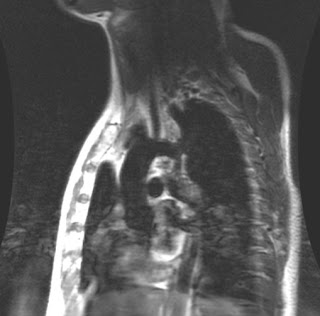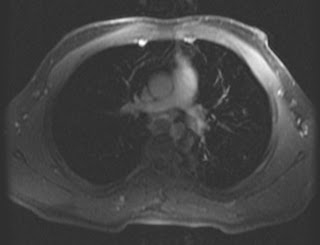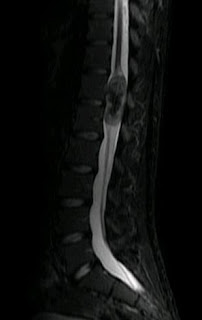How early do you regularly wake up in the morning? According to studies, if you are the average person, it is most likely that you wake up between 6 and 8 in the morning.
I guess I'm not an average person because I wake up at 4 in the morning, and sometimes as early as 3am. That is not to mention that I sleep at 1 in the morning. I have not been an sleepy person, I may be insomniac, possibly brought about by my passion for coffee.
Even in vacation, I always sleep late and wake up early. Those of you who have read my previous entries know how one time I spent a lonely walk along Cubao at 12 in the midnight, photographing and sightseeing.
Anyway, in Calbayog City, Samar, last week, I woke up at 2 in the morning (having slept at 1 am), put on my sneakers, hung my Nikon D40x in my shoulders, and started on a walking tour of the rural city at 3 am. Rural city? Well, I think Calbayog qualifies to be a rural city.
In Calbayog, the fog is visible in the morning, and mists dampen my camera. It was a dark early morning, the sun had not yet risen, and the soft breeze of cool wind remind me that I'm in the middle of one of the most rural places in the Philippines.
In moments like this, a nostalgic feeling of a time that has not yet come encourages me to take photos for future remembrances. Nostalgia in the future? Yes, because I know I will remember the good old days, and my photographs will help bring back the memories.
And so, here are the pictures of my One Day in the Life of Calbayog. I know I will return to these pictures, in some future nostalgic times.

At 3 am. A lonely street in Calbayog City. It seemed that a lone
Manileno can invade the whole town in one sweep!

An hour later, people started to wake up, and some are ready to get
on their usual business. Like this trike driver, up and working at 4am.

The lovely full moon over a village in Calbayog, 5am.

The clouds above Calbayog are lovely in the early morning.
Shot from the beach in Payahan village.

Calbayog Port before at dawn. The
bancas are beginning
to arrive bringing fresh seafoods harvested from the sea.

The sun is rising, and so are many Calbayognons.

Calbayog market at early morning offers plentiful
supply of fresh vegetables, meat, and seafoods.

Traffic is non-existent in Calbayog, even at the beginning of rush hour. Most people do not own an automobile. Some are contented with bikes or motorcycles, or just riding in the local pedicabs. Many prefer to just walk, which is of course the best form of excercise. No wonder there are many centenarians in Calbayog.
(My
lolo-for instance- is 90 years old. A
viudo, he recently re-married to a 21 year old village girl. He is not
guwapo, but he owns a carabao, and that's something in a Calbayog village).

Calbayog trikes are the Kings of the Calbayog streets. The drivers are some of the most honest people I've encountered. Some would be contented with 5 pesos for a drive anywhere in the city. These are people with attitude, unlike the brusque Jeepney and bus drivers in Manila.

The local taxis, called motor. The kindly drivers are
still waiting for their first passengers.

The Cathedral of Sts. Peter and Paul, Calbayog City, Samar

Handumanan, the Calbayog's prison. It has been closed due
to absence of criminals. It is now being converted into a museum.

A village Sari-sari store. A trike driver stops for a while
to sip a 5-peso coffee and eat 3-peso
suman.

As the day progresses, more and more people are beginning to crowd the city.

A street scenery at 8am.

A View from Calbayog Inn Hotel.

Early mornings in Calbayog port, people are buying wholesale
seafoods by the
banyera or
timba for later redistribution in the market.

Sidewalk vendors in the Calbayog market. I think they were selling
labong. The old lady in the middle didn't want to get photographed because she feared someone might discover her in the movies. And she didn't have plans to become a movie star.

Here's the place to buy
sese (a salty condiment made of
talaba and
tahong),
bagoong (fish paste), and all your condiment needs.
Okay, okay, I think that I will have to eat my breakfast now, see you then :)































